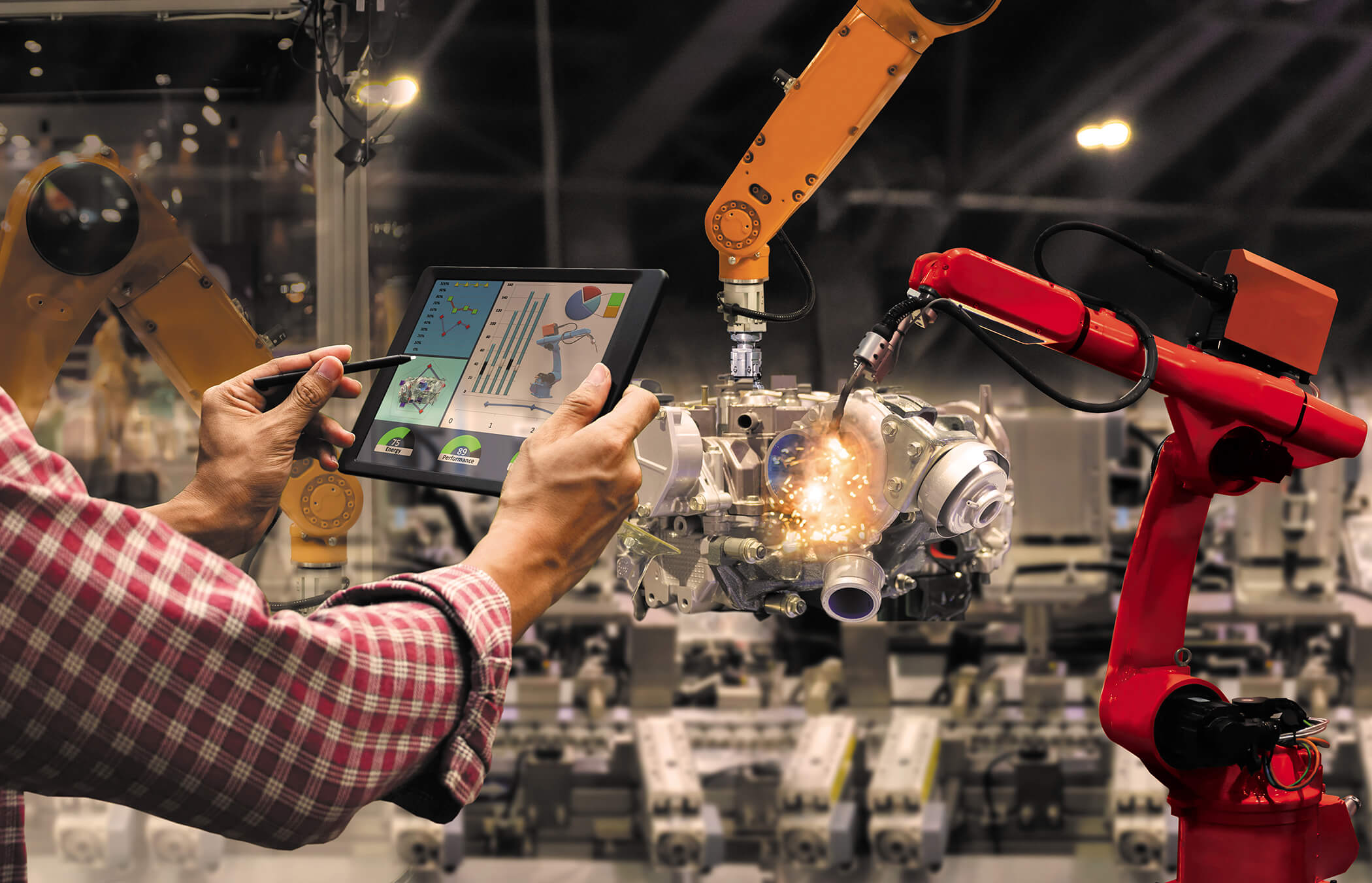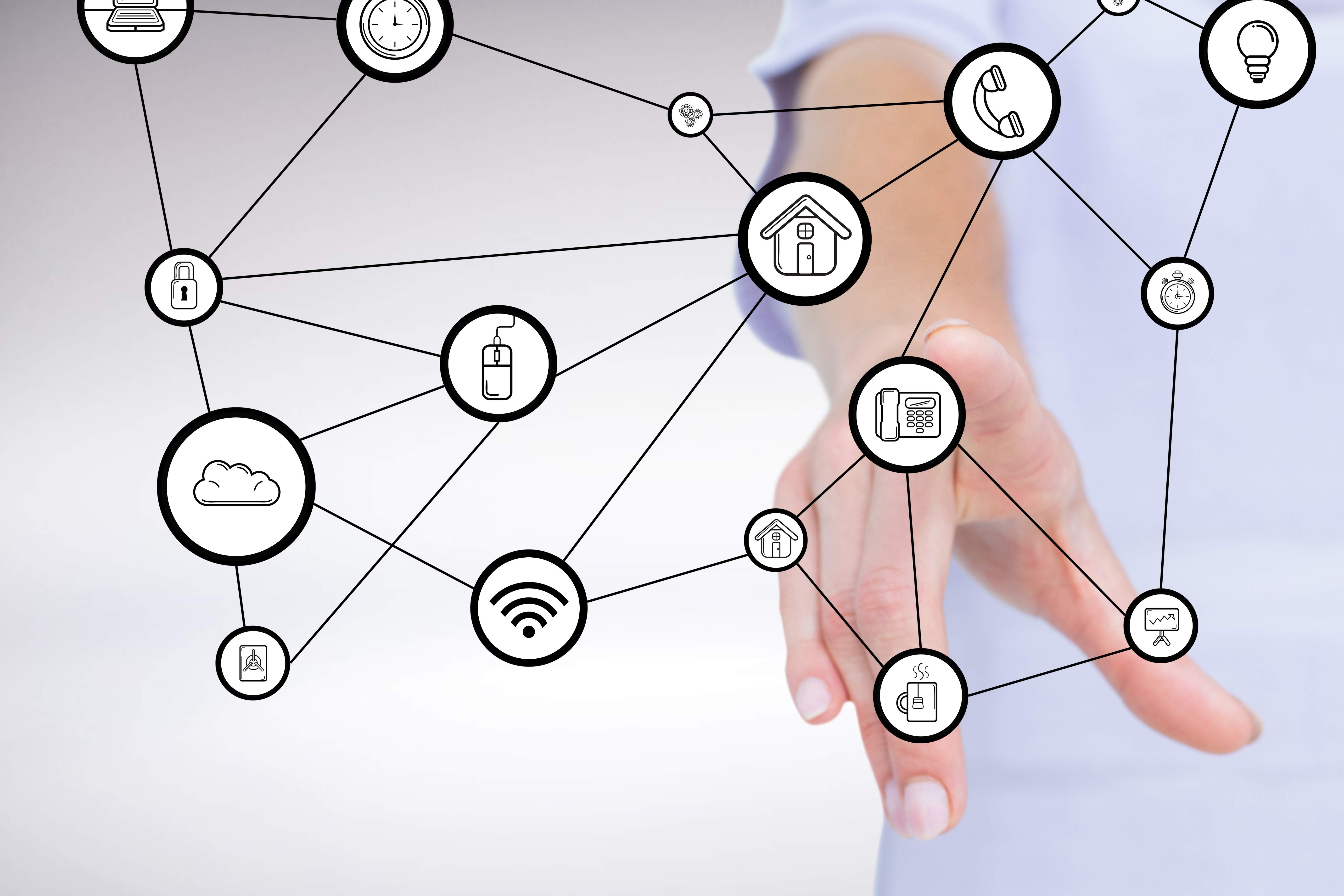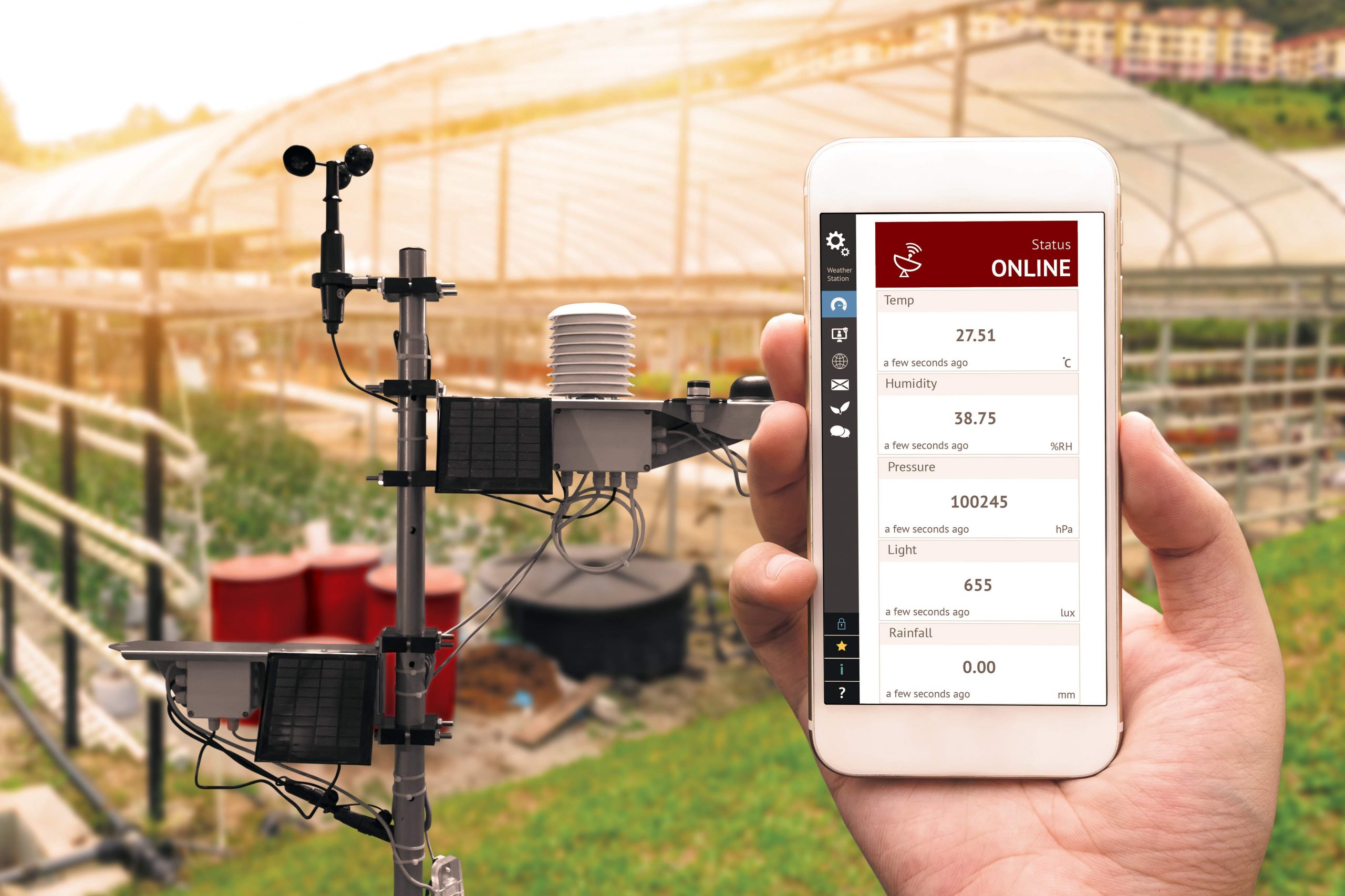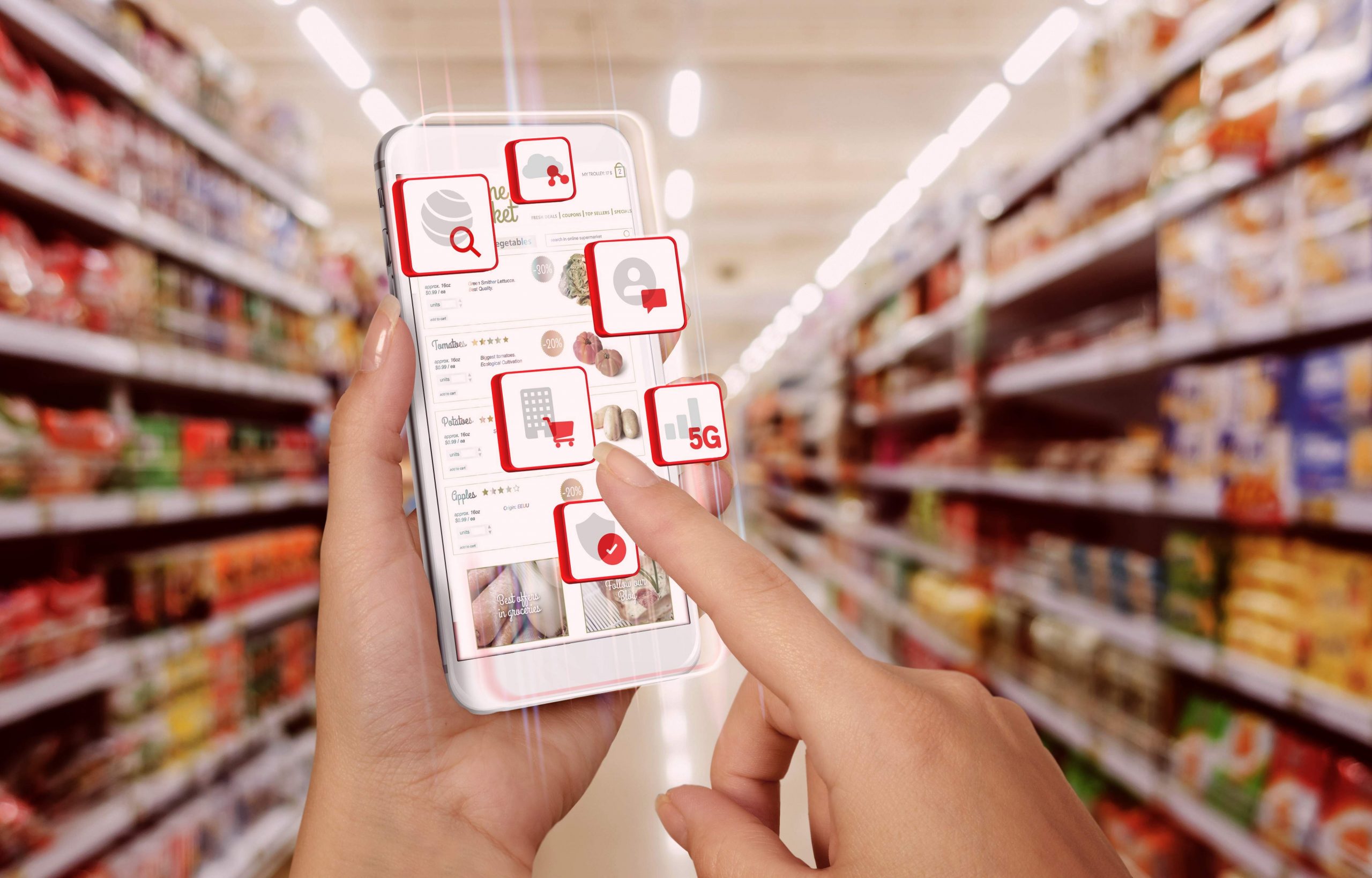Understanding Communication Models With Airtel IoT
-
May 29, 2022
-
5 min read

The modern world of technology has come a long way since the initial discovery of the World Wide Web. With engineers delving deeper into the science of seamless communication, the Internet of Things (IoT) stands as a powerful innovation, allowing us to move forward into a future of endless connectivity.
With the global IoT market skyrocketing from around 182 billion U.S. dollars in 2020 to an astounding assumption of 621.6 billion U.S. dollars by 2030, the tripling revenue shows the increasing popularity of IoT-connected devices worldwide. As we search for newer approaches to transform networking and connectivity, understanding the detailed web of communication models becomes an important factor to unlock the full potential of IoT in modern businesses.
Decoding Communication Models in IoT
Communication models play an important role in the world of IoT as the silent architects that define how devices connect and exchange information with one another. Think of them as the medium that IoT devices use to interact, which further allows people, objects, and networks to seamlessly exchange data, irrespective of their location or network type.
These models hold immense value as they perform multiple functions, including the process of data exchange, managing interactions, and ensuring the smooth flow of information. It is worth noting that the right choice of communication model truly impacts an IoT system’s performance, efficiency, and overall functionality.
As the global number of IoT connections is expected to reach about 24 billion by 2030, it is important to understand all communication models for businesses involved in designing and implementing effective IoT solutions.
Key Communication Models
The IoT communication model is a diverse range of technology, with each variant playing a unique role, used for specific use cases that are based on several factors like data type, transmission frequency, and security requirements.
Based on all the factors involved, here are the key communication models in the IoT ecosystem –
Request and Response Model
The Request and response model operates on a client-server architecture where the client initiates requests for information from the server. This request is typically in an encoded format and stateless. This results in the model not being able to retain any data between requests and handling each one independently.
Publisher-Subscriber Model
This model involves Publishers, Brokers, and Consumers where Publishers act as the the data source and dispatch information to topics managed by Brokers, unknown to Consumers. Consumers, on the other hand, subscribe to these topics handled by the broker, to receive information.
Push-Pull Model
The Push-Pull model involves data publishers, data consumers, and data queues where Publishers and Consumers operate independently. Publishers transmit data by pushing it into the queue, while Consumers, located on the other end, pull the data from the queue and maintain a streamlined flow of information exchange.
Exclusive Pair
The Exclusive Pair model is a bi-directional gem, meaning that it can easily facilitate a complete communication cycle between client and server. The model allows a constant open connection that continues until the client initiates a request to close it. This distinctive feature ensures a continuous reliable channel for communication.
Different Layers of IoT Model
To understand the depth of IoT communication models, it’s important to know the foundational layers shaping the Internet of Things (IoT) architecture. Represented by a 5-layer model involving Sensing, Network, Data Processing and Communication Management, these tiers form the backbone of an IoT integration.
From sensing environmental data to producing advanced computation and strategic delivery, each layer contributes to the efficient functioning of IoT. Here is the 5-layer model of Internet of Things (IoT) architecture, each layer serving a unique purpose:
- Perception Layer: The first tier consists of sensors that collect essential data like temperature, moisture, and intruder alerts. Its primary role is to gather information from the environment and transmit it to the other layers for further activity.
- Network Layer: This layer bridges the Perception and Middleware layers with diverse networking technologies like 3G, 4G, Wi-Fi, or infrared to facilitate seamless data transfer and communication.
- Middleware Layer: This layer consists of some advanced capabilities like storage, computation, and decision-making abilities. It stores datasets, provides data to devices based on address and name, and executes decisions derived from sensor data calculations.
- Application Layer: Managing various application processes, this layer is responsible for responding to information from the Middleware layer, looking over tasks like sending emails, activating alarms, and controlling devices in smart applications.
- Business Layer: The Business Layer looks after tasks involving flowcharts, result analysis, and continuous improvement strategies, ensuring that the device aligns seamlessly with user requirements and expectations.
The Real-World Impact of IoT Applications
From smart factories to healthcare and agriculture, the transformative power of communication models can be seen everywhere. Below are some real-world use cases of IoT that unveil its key role in driving efficiency and connectivity –
- Smart Factories: IoT-driven machines produce real-time data collection that enhances work management, asset maintenance, and supply chain operations, scaling operational efficiency.
- Industrial Process Automation: IoT and IP networks streamline production processes by recording machine metrics in real-time to automate workflows.
- Wearables: From fitness trackers to medical devices, IoT-driven wearables are taking health monitoring technologies to a higher level.
- Smart Home Applications: Remote controls for lights, heating devices, and electronics save time and effort, transforming homes into intelligent living spaces.
- Health Care: IoT applications allow seamless remote patient monitoring with the help of smart sensors, delivering healthcare in far-fetched locations.
- Smart Cities: IoT technologies to enhance infrastructure, public services, and utilities, contribute to a large part of the development of smarter cities.
- Agriculture: IoT allows smart farming by providing livestock monitoring and real-time analysis of crops that boost agricultural practices.
Conclusion
In understanding the complexities of IoT, we’ve explored communication models that serve as the backbone of modern connectivity. As businesses navigate towards more futuristic innovations, Airtel’s expertise emerges as a strategic ally. With strong communication frameworks, Airtel’s IoT solutions empower businesses to scale connectivity, unlocking unparalleled efficiency and innovation in the digital world.
 Share
Share









